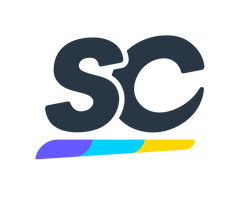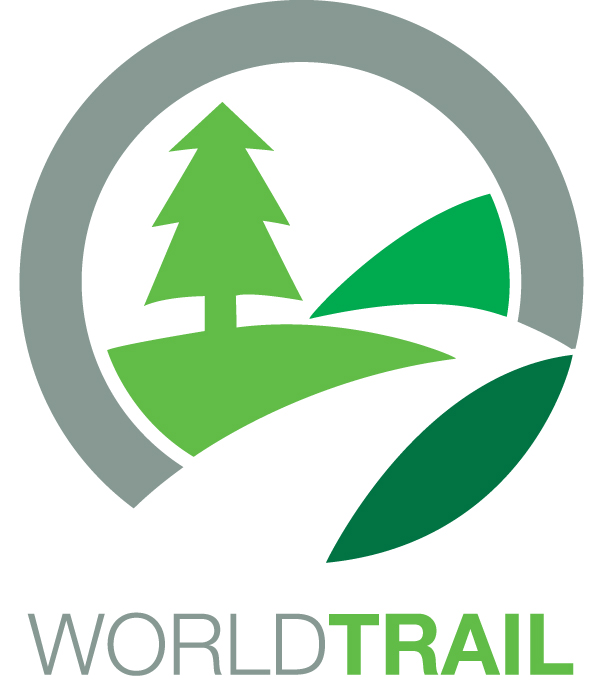Title Page
-
Type Of Inspection
-
Equipment
-
Date
-
Prepared by
-
Location
Before Start-Up Checks
Equipment/Asset Verification
-
Which type of equipment are you inspecting?
-
Unit Number.
-
Current Working Hours.
-
Current Kilometers.
-
Manual/Load Charts/Insurance/NDT/CVI
-
Is all paperwork current?
Visual Inspection
-
Inspect machine and dolly for any signs of damage, wear, or corrosion.
-
Check Fuel.
-
Check Engine Oil.
-
Last Service Hours?
-
Check Coolant.
-
Check Hydraulic Oil.
-
Check Belt Tensions.
-
Inspect tires, tracks, or wheels for proper inflation, tread depth, condition, and debris.
-
Confirm the presence and legibility of safety labels and warning signs.
-
Test all indicators and lights.
-
Inspect for loose or missing components.
-
Housekeeping and Cleanliness.
Supplies/Materials
-
Verify supplies and tools are stocked for the job.
-
Check rigging and taglines for the day.
-
Ensure proper storage and handling of hazardous materials, if applicable.
-
Confirm availability of spill kit.
Safety
-
Ensure all safety guards are in place and functioning properly.
-
Verify availability and accessibility of first aid kits and fire extinguishers.
-
Are weather conditions okay for operation?
-
Check the condition of safety belts, harnesses, or restraints.
-
Ensure proper access and egress for crane. (ladders/handrails).
Communication
-
Confirm that all necessary communication devices (walkie-talkies, radios, etc.) are functional.
-
Establish communication protocols and channels.
Operating Environment and Surroundings
-
Assess environmental conditions (weather, temperature, lighting, etc.).
-
Take appropriate measures to address any adverse environmental factors.
Documentation and Permits
-
Complete any required documentation or paperwork.
-
Check that necessary permits, licenses, or certificates are readily available and confirm their validity.
Training
-
Ensure all team members have received appropriate training for the activity/operation.
-
Conduct a skills assessment, if necessary.
After Start-Up Checks
Functional Tests
-
Start the equipment/vehicle and let it idle to check for any abnormal noises or vibrations.
-
Test all operational functions and movements (lifting, lowering, steering, braking, etc.).
-
Test and ensure the functionality of all controls, switches, and buttons.
-
Check that all safety interlocks and emergency shut-off mechanisms are operational.
-
Verify that all safety features (lights, alarms, mirrors, etc.) are in good working order.
-
Verify the accuracy and readability of gauges, meters, or indicators.
-
Conduct a test run or trial to ensure overall performance and functionality.
-
Check if there are no fluid leaks.
-
See if all gauges are undamaged and functional.
-
Calibrate any instruments or sensors as needed.
-
Verify the battery charge level and ensure proper connections.
-
Test beacon lights.
-
Test communication systems to ensure clear and reliable communication.
Crane Visuals
-
Wire Rope Conditions
-
Outriggers and Floats
-
Outrigger Pads Tied Down
-
Boom Floated or in Rest.
-
Swing Floated.
-
Dolly and Counterweight Secured.
-
Block And Ball Tied off or Tied Down?
-
Inspect house for loose connections/bolts.
-
Hoses free of wear.
-
Ensure adequate blocking loaded for ground conditions.
Completion
-
Notes and Recommendations
-
Operator's Name and Signature













